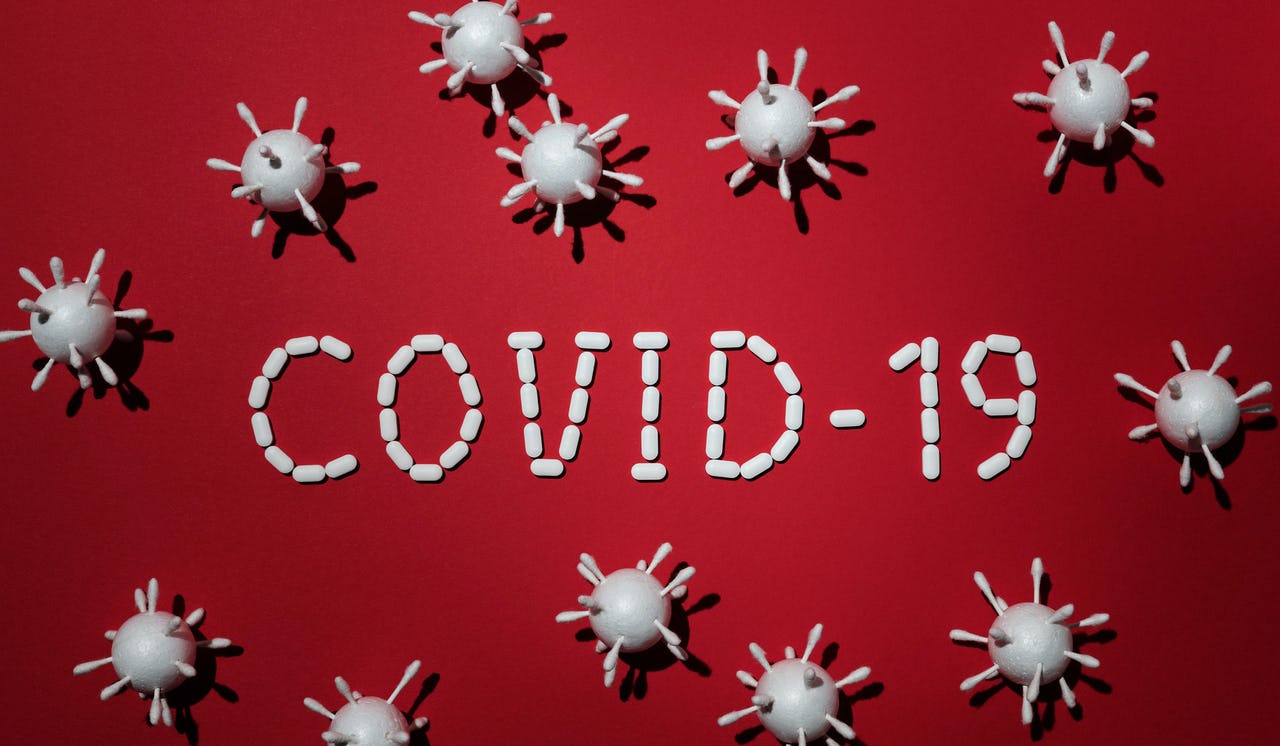COVID-19 in the Arctic: The Arctic Institute’s Winter Series 2020-2021

The Arctic region has been hit hard by the ongoing coronavirus pandemic. Photo: Edward Jenner
With the onset of the coronavirus (COVID-19) pandemic, the world has found itself in a global health emergency, which has caused a dramatic loss of human life worldwide and brought normal life around the world to a halt for the better part of a year. In addition to health risks and human suffering, the pandemic has led to devastating social, economic and cultural impacts around the world – and will likely continue to do so for an unprecedented period of time.
Not even the remote areas of the Arctic region have been spared from being hit by the virus and its negative societal consequences – a fact that tragically illustrates that the Arctic has indeed become the Global Arctic. As the pandemic is expected to have long-term social, economic, and political implications for the international order, there is no reason to believe that that the Arctic would represent an exception in that regard either.
To increase our understanding of the various ways in which the coronavirus outbreak has impacted life, politics and economy in the Arctic region, The Arctic Institute is launching a new COVID-19 series that will be running until the end of January 2021.
Coronavirus Pandemic in the Arctic
There were over 200,000 confirmed COVID cases and over 2,400 deaths in the Arctic in mid-November 2020. Updated statistics can be found on a daily basis from a website managed by the ARCTICenter at the University of Northern Iowa in the United States.
Despite early prevention efforts, the second wave of the pandemic is hitting hard in various parts of the Arctic, such as Alaska, where people in rural areas, most of them Indigenous, are being infected at an alarming rate. In remote areas, people are especially vulnerable to infectious diseases due to reduced access to medical health care systems and infrastructure, for instance.
Although the remote nature of the Arctic may make it easier to shut down some parts of the region, it also makes the adaptation to the closure of businesses, premises and schools very challenging. For example, poor internet in many parts of the Arctic has posed difficulties for distance learning during the pandemic. The COVID-19 has also underscored other existing vulnerabilities of Arctic communities in general, and those of Indigenous peoples in particular.The corona pandemic is certainly not the first, and will probably not be the last, pandemic hitting the Arctic. In particular, it is likely that climate change will introduce new infectious diseases in the region in the future. Therefore, to prepare for future pandemics, the development of regional health cooperation is of utmost importance, especially under initiatives such as the Arctic Council’s One Health project, the International Union for Circumpolar Health, and the Circumpolar Health Research Network.
An important question, however, is what kind of regional cooperation could be developed in order to alleviate the negative social, cultural and economic impacts of ongoing and future pandemics. By identifying various ways in which Arctic states and peoples have sought to cope with the new situation, The Arctic Institute’s new series will provide much food for thought about possibilities and potential of development of such regional cooperation.
The Arctic Institute COVID-19 Series: an outline
The Arctic Institute’s COVID-19 series will include eleven articles exploring how the pandemic has challenged local populations’ rights and well-being, regional governance and operations, Arctic research, and economic activities, among other issues.
Benjamin Strong starts off the series by stipulating the ways in which COVID-19 has challenged the work of search and rescue authorities in the Arctic. Then, Pavel Devyatkin analyses the consequences of the pandemic on Russian Arctic Indigenous communities, although many of his findings apply to Indigenous groups in other parts of the region too. The following article, authored by Celma Regina Hellebust, Ana Lúcia Gonçalves and Victor Barros, introduces an innovative online mental health service developed by Brazilians living in the Arctic.
Next, using Canada as a case study, Emily Tsui explores how the coronavirus pandemic has exacerbated the existing difficulties in the administration of justice in the remote Arctic localities. In the last article of the year, Edward McDonald examines the ways in which pandemic has challenged oil exploration activities in the Russian Arctic.
Beginning in January 2021, The Arctic Institute’s coronavirus series will continue with Ekaterina Uryupova’s article describing the overwhelming impacts of the pandemic on the Arctic scientific community. Then, Pauline Pic’s work explores and compares diverse economic recovery strategies chosen by Norway, Sweden, and Finland during the pandemic.
Alexandra Middleton’s article takes us to Russia, where fly-in fly-out workers have proved to be very vulnerable to the impacts of the pandemic, and fair and transparent labour arrangements must be developed. In the successive articles, Ebru Caymaz focuses on the questions of governance in the context of COVID-19 pandemic, and Gabriella Gricius discusses Russia’s approach to the pandemic. Finally, Michelle Maloney offers an outline of the measures taken by the Canadian Coast Guard to respond to the pandemic in Canada’s Arctic.Together, the eleven articles of The Arctic Institute’s COVID-19 series offer an interesting compilation of best practices, challenges and diverse approaches to the pandemic applied by various Arctic states, regions, and communities. There are certainly many lessons for the future that can be learned from the coronavirus pandemic, including within the Arctic. We hope that this series will contribute to our understanding of how the region has coped with this unprecedented crisis.